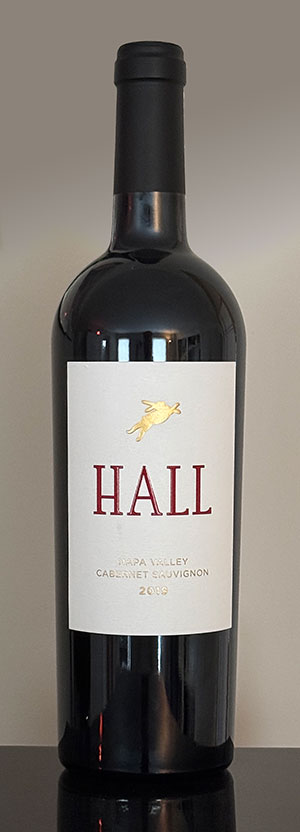
Click here for tasting notes.
Beau Vigne Cabernet Sauvignon 2019
Beau Vigne, pronounced “bo-veenya” and meaning “beautiful vineyard” in French, is a boutique winery located in Napa Valley, California. Founded in 1999 by Napa native Ed Snider and his wife Trish, with its first vintage release in 2002, the winery has established a reputation for producing exceptional wines, particularly Cabernet Sauvignon.
The Snider family’s connection to Napa Valley dates back to 1913 when Ed’s grandfather, Martin Garzoli, a Swiss-Italian immigrant, settled in the region. Garzoli was involved in winemaking and ranching in the Carneros area, laying the foundation for the family’s future in viticulture.
Beau Vigne’s estate vineyard, known as Stags Ridge, is situated within the Atlas Peak AVA, accessible via Soda Canyon Road. This high-elevation site, approximately 1,400 feet above Napa Valley, is characterized by volcanic soils, contributing to the distinctive qualities of their wines.
In its early years, Beau Vigne collaborated with notable winemakers to craft its wines. Dave Phinney, the founding winemaker, aimed to create red wines that could compete with the world’s finest. [Phinney went on to fame and fortune with his Orin Swift Wine Company and the overrated The Prisoner.] This vision was furthered by winemaker Kirk Venge, who joined in 2008 and led the winery to achieve a perfect 100-point score from Robert Parker’s Wine Advocate.
Continue reading “Beau Vigne Signature Series Cabernet Sauvignon 2019”













